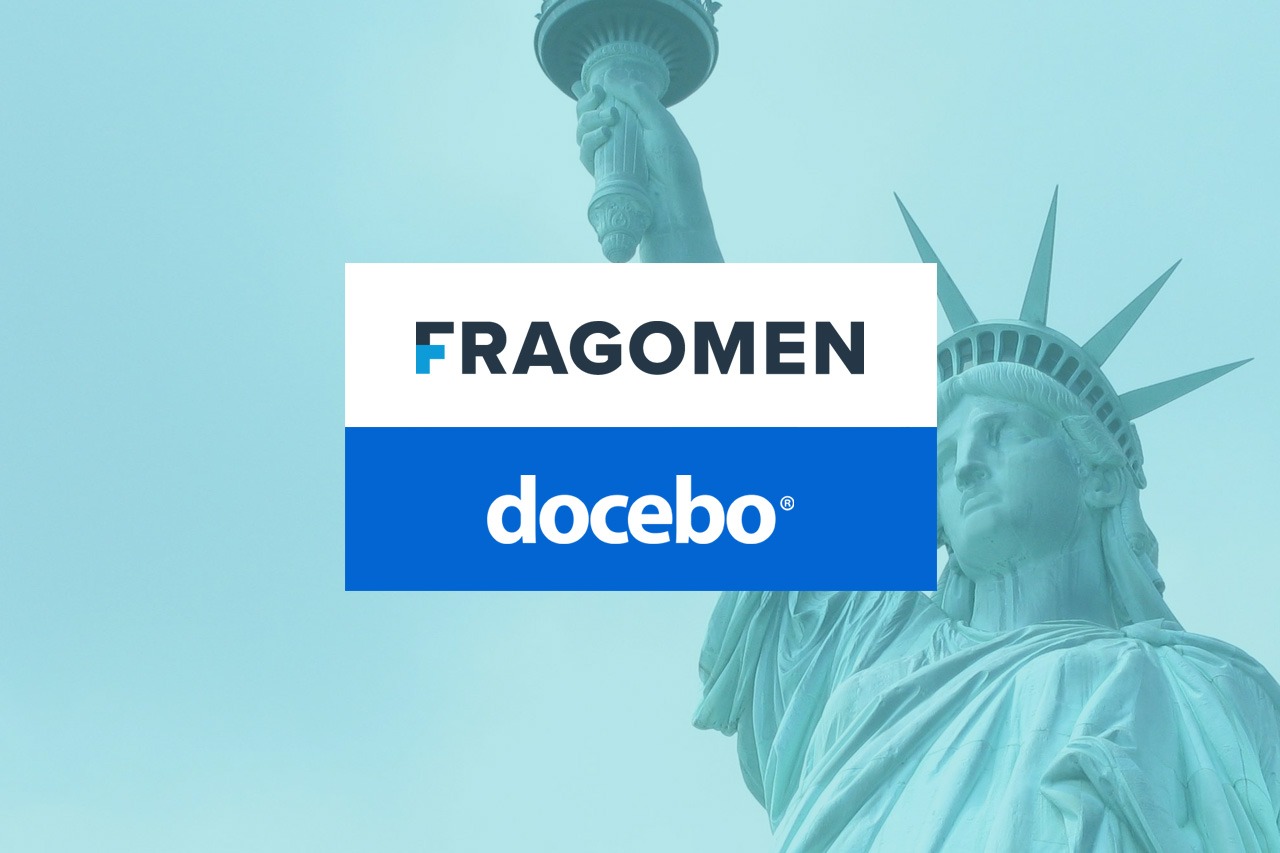Managing a Learning Management System (LMS) efficiently is essential for maximizing its potential. Whether your Docebo LMS is newly implemented, in transition, or an established system needing refinement, treating it like a well-organized digital library can greatly improve user experience and operational effectiveness.
Conducting an LMS Health Check
Before implementing improvements, it’s crucial to assess your current system by asking key questions:
- Are users experiencing difficulties with login and access?
- Is the course structure organized in a way that makes learning intuitive?
- How well are user roles and permissions managed?
Regularly auditing these elements will help identify pain points and provide a roadmap for refining your LMS strategy. A well-maintained LMS ensures a smoother learning experience and reduces administrative overhead.
Optimizing User Management
User management is the backbone of an efficient LMS. If users struggle to access the system, their learning experience is immediately compromised. Consider these key elements:
- Single Sign-On (SSO): Simplifies authentication and streamlines access.
- User Data Synchronization: Ensures up-to-date information through integration with an HRIS or other external systems.
- User Groups and Permissions: Properly structuring user groups and permissions enables smooth navigation and access to relevant content.
By implementing these best practices, administrators can minimize login issues, ensure learners see only the content relevant to them, and automate user management, reducing manual effort.
Streamlining Course Management
A well-structured course catalog makes it easier for learners to find and complete necessary training. Courses should be categorized logically within learning plans and catalogs, ensuring they follow a structured learning path. Consider whether enrollments and prerequisites are set up in a way that supports users’ progress. If your LMS includes instructor-led training, integrating web conferencing tools can enhance the accessibility of live sessions.
A structured approach to course management ensures that learning content is easy to find, improves engagement, and helps learners progress efficiently through their required training.
Enhancing Content Accessibility with Channels
Channels in Docebo function as content hubs, making it easier for users to access relevant learning materials. Clearly defining whether content contributions are restricted to administrators or open to users can streamline content quality control. Features like “Ask the Expert” can facilitate knowledge-sharing, and a structured review process ensures that only vetted content is published, keeping resources accurate and useful.
A well-structured channel system helps learners quickly find the materials they need, making knowledge more accessible and reducing time spent searching for relevant content.
Empowering Power Users for Efficiency
Super Admins shouldn’t be responsible for every administrative task. By strategically delegating responsibilities to Power Users, organizations can enhance efficiency while maintaining control. Providing them with appropriate permissions for managing users, courses, and reporting ensures they contribute effectively.
A “less is more” approach to permissions helps prevent unnecessary complexity, and as Power Users become more proficient, additional responsibilities can be assigned. Thoughtfully distributing responsibilities improves system efficiency while reducing the administrative burden on Super Admins.
Implementing LMS Governance
A well-governed LMS remains structured and easy to navigate. Strategies for maintaining order include:
- Naming Conventions: Establish clear and consistent naming systems for courses, catalogs, and learning plans.
- Administrator Training: Conduct regular training sessions to ensure best practices are followed.
- System Audits: Periodically review the LMS to identify outdated content and optimize performance.
- Strategic Growth Planning: Continuously evaluate system use and make necessary adjustments to support scalability.
By applying these governance strategies, administrators can create a structured and sustainable LMS that remains efficient as the organization grows.
Growing and Enhancing Your LMS
- Continuous improvement is necessary to keep your LMS relevant. Two key tools in Docebo can assist with this:
• Learning Insights: Enables administrators to track course enrollments, completion rates, and engagement levels to refine content offerings.
• Learning Evaluations: Provides feedback from learners, managers, and instructors, helping measure the effectiveness of training programs.
By leveraging these tools, organizations can ensure their LMS remains a valuable resource, driving continuous learning and professional development.
Where to Start?
For new Docebo clients, building a scalable structure should be the priority. Those managing a legacy system should begin with a system audit to identify inefficiencies. Addressing user experience issues and ensuring smooth administrative processes will lay the foundation for long-term success.
Starting with a strong foundation allows organizations to scale effectively while minimizing future restructuring efforts.
Conclusion
Optimizing your LMS is an ongoing process, but with a strategic approach, you can create an efficient, well-governed system that enhances learning outcomes. Focusing on user experience, structured content management, and strong governance will help your Docebo LMS become a powerful tool for organizational growth and success.
For more tips and resources, visit the Docebo Knowledge Base or explore their support features.


